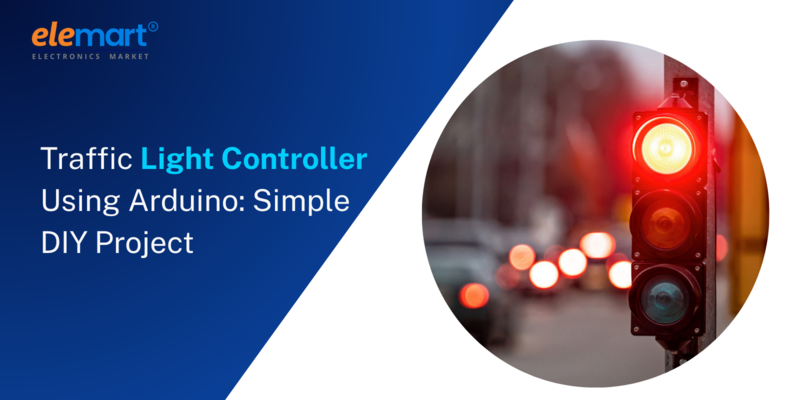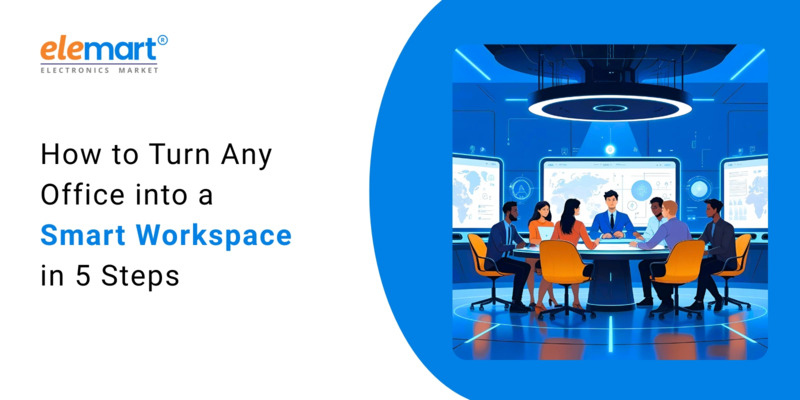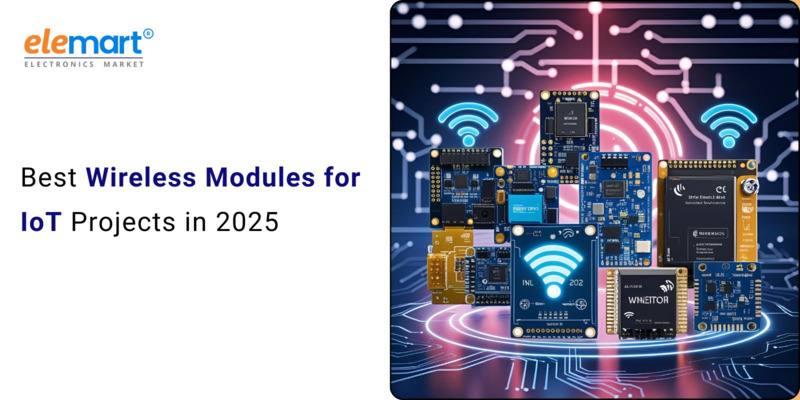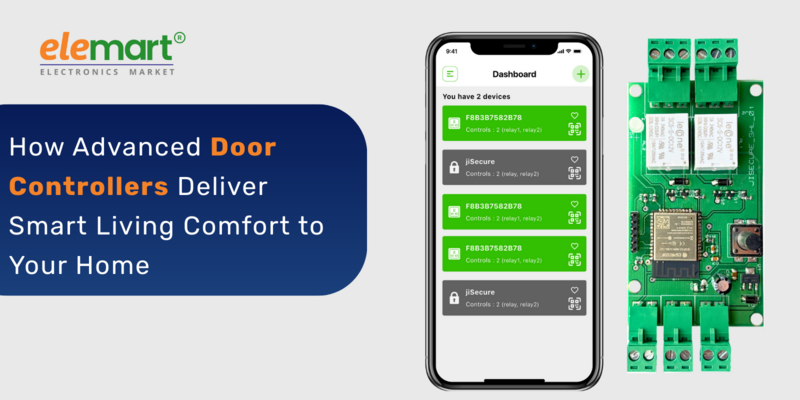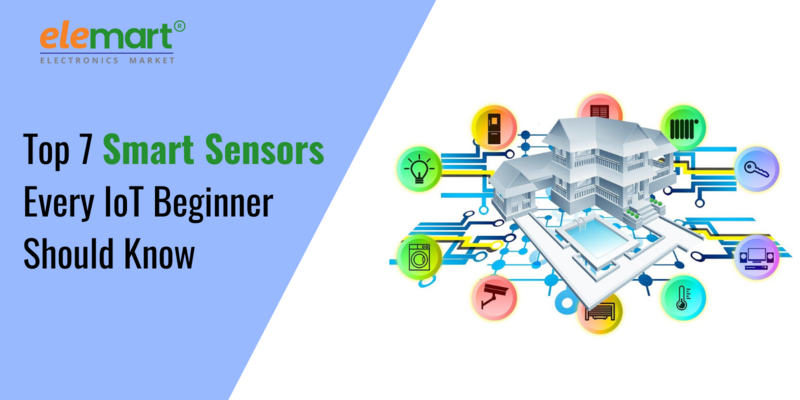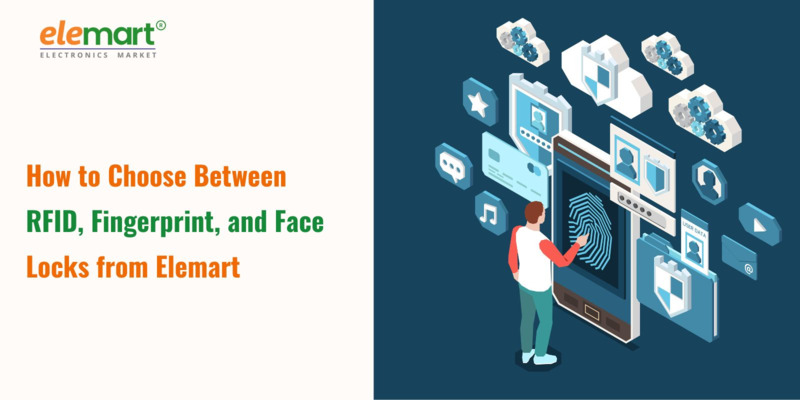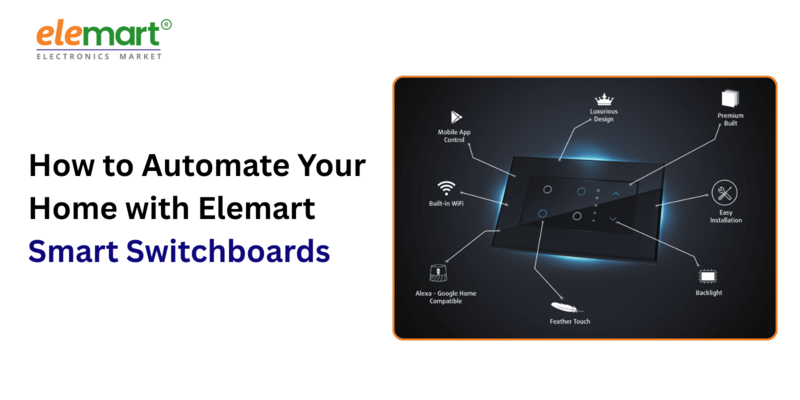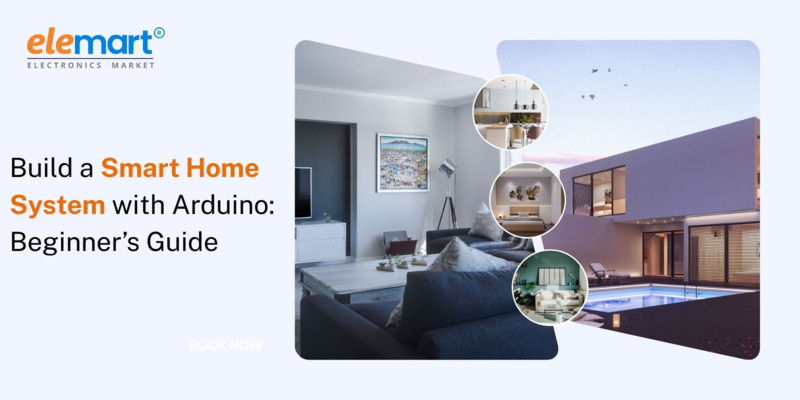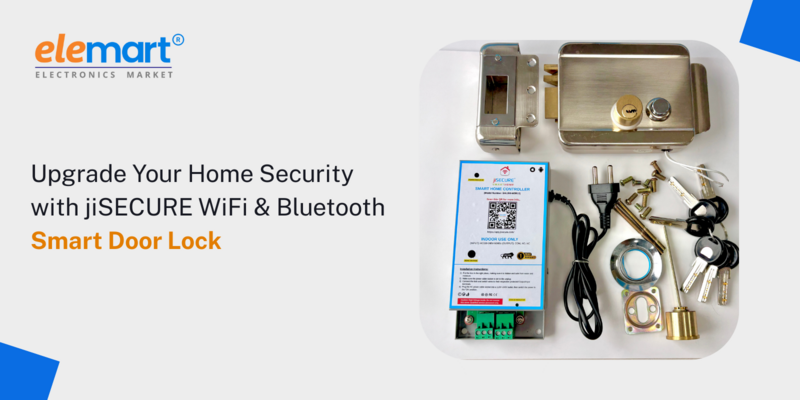- Jun 20, 2025
- Smart Home
- 372
Share this post on:
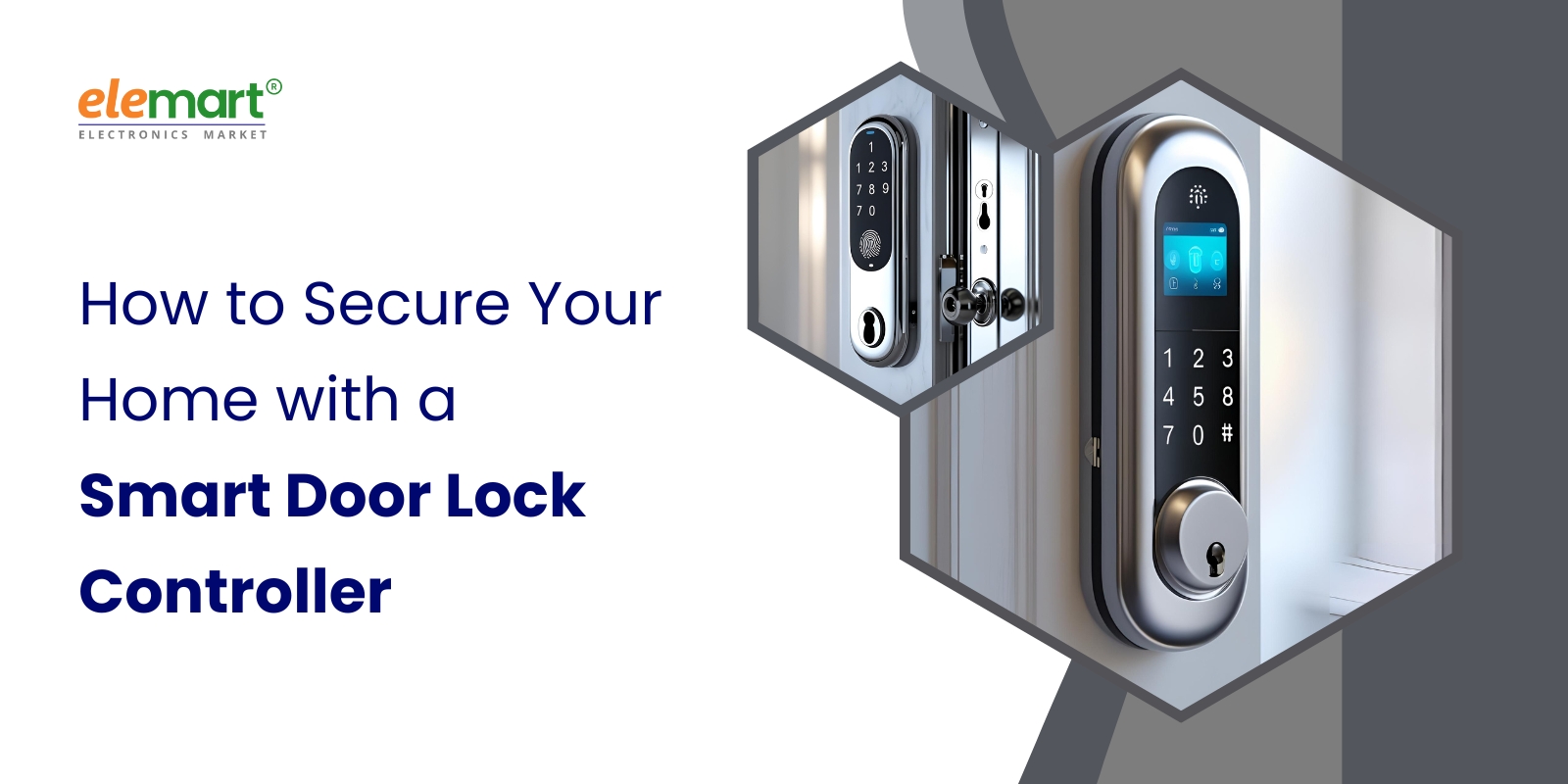
For decades, the humble deadbolt has been the stalwart defender of our homes. But in an increasingly connected world, the traditional key is starting to feel…well, a little antiquated. Enter the smart door lock controller. More than just a novelty gadget, a smart lock controller offers a significant upgrade in security, convenience, and control over your home’s access. This guide will walk you through everything you need to know, from the basics to advanced considerations, to ensure you’re using your smart lock controller effectively.
What is a Smart Door Lock Controller?
At its core, a smart door lock controller replaces or augments your existing deadbolt. It connects to your home's Wi-Fi network (or uses a dedicated hub) and allows you to control your door lock remotely via a smartphone app or voice assistant. Here’s a breakdown of key features:
- Remote Access: Lock and unlock your door from anywhere with an internet connection.
- Keyless Entry: Generate unique, temporary passcodes for guests, service providers, or family members. Eliminate the need for physical keys.
- Activity Logs: Track who enters and exits your home, and when.
- Auto-Lock/Unlock: Program your door to automatically lock or unlock at specific times.
- Integration with Smart Home Systems: Connect with other smart home devices, like security cameras, lighting, and voice assistants (Alexa, Google Assistant, Siri).
- Multiple User Codes: Assign different access codes to different users, with varying permissions (e.g., temporary access, limited timeframes).
- Tamper Alerts: Receive notifications if someone attempts to tamper with the lock.
- Geofencing: Automatically lock or unlock your door when you arrive or leave a defined geographic area.
Why Upgrade to a Smart Door Lock Controller? The Benefits
Beyond the cool factor, there are compelling reasons to switch to a smart door lock:
- Enhanced Security: Eliminate the risk of lost or stolen keys. Temporary passcodes can be quickly revoked. Activity logs provide valuable insights into access patterns.
- Convenience: No more fumbling for keys, especially when your hands are full. Grant access remotely to family, friends, or service providers without being physically present.
- Peace of Mind: Know exactly who is entering and exiting your home. Receive alerts for unusual activity.
- Increased Home Value: Smart home features are increasingly desirable to potential homebuyers.
- Integration with Security Systems: Smart locks can be integrated with comprehensive home security systems for a layered approach to protection.
Choosing the Right Smart Door Lock Controller: Key Considerations
Not all smart locks are created equal. Here’s what to look for:
- Connectivity:
- Wi-Fi: Direct connection to your home network. Easy to set up, but reliant on a stable Wi-Fi signal.
- Bluetooth: Shorter range, typically used for local control and connection to a hub.
- Z-Wave or Zigbee: Requires a compatible hub (like SmartThings or Hubitat). Offer greater reliability and less reliance on Wi-Fi.
- Power Source:
- Battery Powered: Most common. Requires periodic battery changes (typically CR2 or AA batteries).
- Hardwired: Connects directly to your home’s electrical system. Eliminates battery worries, but requires professional installation.
- Lock Type Compatibility: Ensure the lock is compatible with your existing door hardware (e.g., door thickness, backset).
- Features: Consider the features that are most important to you (e.g., auto-lock, geofencing, voice control).
- Brand Reputation & Security Track Record: Research brands thoroughly and look for reviews and security certifications.
- Price: Prices range significantly, from around $100 to $300 or more.
Setting Up Your Smart Door Lock Controller: A Step-by-Step Guide
- Check Compatibility: Verify that the lock is compatible with your door hardware.
- Installation: Follow the manufacturer's instructions carefully. Some locks are DIY-friendly, while others may require professional installation.
- Connect to Wi-Fi (or Hub): Follow the app's instructions to connect the lock to your home network or smart home hub.
- Create User Codes: Assign unique passcodes to family members, guests, and service providers.
- Customize Settings: Configure auto-lock timers, geofencing rules, and other preferences.
- Test Functionality: Thoroughly test all features, including remote access, auto-lock, and user code entry.
Securing Your Smart Door Lock: Addressing Potential Risks
While smart locks offer enhanced security, they also introduce new potential risks:
- Wi-Fi Vulnerabilities: A compromised Wi-Fi network can grant unauthorized access to your smart lock. Strong passwords, regular firmware updates, and a secure router are crucial.
- Hacking: Although rare, smart locks are potential targets for hackers. Choose reputable brands with robust security protocols.
- App Vulnerabilities: Malware on your smartphone could potentially compromise your lock's functionality. Keep your smartphone operating system and lock app updated.
- Physical Tampering: While smart locks are generally more secure than traditional locks, they are not impervious to physical attacks. Consider adding extra layers of security, like a reinforced strike plate.
- Reliance on Power: Battery failure can lock you out of your home. Keep spare batteries on hand or consider a hardwired lock.
- Data Privacy: Be aware of how the manufacturer collects and uses your data. Review the company's privacy policy.
Advanced Security Measures & Integration
- Two-Factor Authentication (2FA): Enable 2FA on your lock’s app for an extra layer of protection.
- Smart Home Integration: Integrate your lock with other smart home devices, such as security cameras and motion sensors, for a comprehensive security system. For example, a motion sensor could trigger a camera to record when the door unlocks.
- Activity Monitoring & Alerts: Regularly review your lock’s activity logs for suspicious activity. Customize alert settings to receive notifications for unusual events.
- Reinforce Door Frame: A robust strike plate and door frame are just as important as the lock itself.
- Consider a Smart Doorbell: Integrate a smart doorbell with your smart lock system for enhanced visual verification of visitors.
Troubleshooting Common Issues
- Lock Not Connecting to Wi-Fi: Check your Wi-Fi network and router. Reset the lock and try connecting again.
- User Codes Not Working: Verify that the user code is entered correctly. Check the user's permissions in the app.
- Battery Issues: Replace batteries or consider a hardwired lock.
- App Connectivity Problems: Update the app or reinstall it.
The Future of Smart Door Locks
The smart lock industry is constantly evolving. Expect to see advancements like:
- Biometric Authentication: Fingerprint or facial recognition for keyless entry.
- Improved AI & Machine Learning: More sophisticated threat detection and personalized security features.
- Seamless Integration: Even greater compatibility with other smart home devices and platforms.
- Enhanced Physical Security: More robust designs to resist physical attacks.
By understanding the benefits, risks, and best practices outlined in this guide, you can confidently secure your home with a smart door lock controller and enjoy the peace of mind that comes with knowing your home is protected.
